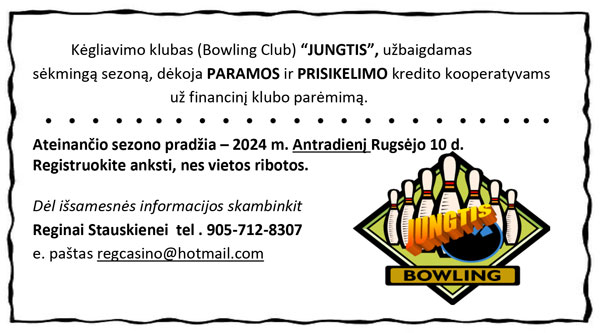
In January the Baltic states signed an agreement to create a common defence line on their borders with Russia and Belarus, Lithuania’s Defence Ministry said. “With this initiative, we aim to create an effective set of counter-mobility measures in all three Baltic countries, which are among the most vulnerable to the Russian threat, to effectively disrupt and stop a potential enemy push across the border,” Defence Minister Arvydas Anušauskas was quoted as saying in the ministry’s statement. “This project is of particular importance in the trilateral context of the Baltic states in creating a common counter-mobility barrier. The signing of the agreement will lead to a coordinated implementation of this idea in practice,” he said.
The defence ministers of Lithuania, Latvia, and Estonia also signed an agreement on the co-development of the HIMARS high mobility rocket artillery systems. “The joint development of Lithuanian, Latvian, and Estonian defence capabilities is key to ensuring our regional security. Therefore, the Baltic states’ joint action in the development of the HIMARS capability is of paramount importance. We are actively cooperating with the US on HIMARS integration, personnel training, and maintenance,” Anušauskas said.

Lithuanian Foreign Minister Gabrielius Landsbergis said on January 22 that the move to create a common defence line on the Baltic states’ borders with Russia and Belarus was a preparation for a possible war. “This is also a political message – a message from Lithuania, Latvia, and Estonia that we feel a war coming to us. We understand that if Russia will not be stopped in Ukraine, it will go further. And then the Baltic countries will be next,” he told reporters in Brussels ahead of the EU Foreign Affairs Council meeting. “It is a preparation for what could happen. And we hope that this will send a sufficient message to our friends and partners in Europe and NATO, that this needs to be taken seriously,” he added.
Landsbergis stressed that all countries in the region agree that the time to prepare against possible aggression is very limited. He also pointed out that “nobody has a timetable to anticipate Russia’s madness”, but its possible new aggression depends on Ukraine’s success.
“First and foremost, it’s Ukraine’s success and Ukraine’s victory. If they succeed, they buy us time. Ukraine is buying us time with its blood, with its lives, with everything it has.”
NATO is holding its largest exercise since the Cold War. Its aim is to send a message to Russia to keep its hands off NATO territory, Lithuanian Ambassador to NATO Deividas Matulionis said.
“90,000 troops on exercise is a record number. They are training all over the alliance, across the ocean – from the United States to Europe and in Europe itself,” said Admiral Rob Bauer, chair of the NATO Military Committee.
Steadfast Defender, the largest NATO exercise since 1988, started at the end of January and will continue until the end of May. All members of the alliance, as well as Sweden, are taking part in the exercise.
“The aim of the exercise is to test NATO’s Article 5, to test how to move forces quickly across the Atlantic Ocean to the European continent, as well as how to move forces from Western Europe quickly to Eastern and Central Europe,” Lithuanian Ambassador to NATO Deividas Matulionis told LRT RADIO.
The exercise is aimed at deterring possible aggression by an almost equal adversary, the alliance said in a statement. However, it does not mention Russia or any other country in particular.
Although the exercises never name an enemy, Matulionis said “But we see who is on the other side of the border and what Russia’s policy is at the moment. So, indirectly, it is aimed at sending a certain strategic message to Russia to keep its hands off the alliance’s territory,” he added.
In Lithuania, the most active training is planned for May. Then, around 3,000 troops with military equipment will be redeployed from Germany to Lithuania, according to Ignas Stankus, a representative of the Strategic Communications Department of the Lithuanian Armed Forces.
“It’s a training exercise on how to redeploy thousands of troops from Germany to Lithuania with heavy military equipment. Around 3,000 troops will be redeployed from Germany to Lithuania by different routes – land, sea, and air,” he said.
According to the Lithuanian ambassador to NATO, the exercise will also focus on the Suwalki Gap, a land strip of around 100 kilometres on the Lithuanian-Polish border that is wedged between the Russian exclave of Kaliningrad on the west and Belarus on the east.
“The Suwalki Gap is already very much in the alliance’s policy and is not ignored. Everyone is well aware that there is a certain weakness here,” Matulionis said.
“At the same time, we are very much looking forward to Sweden joining NATO. Accordingly, this will strengthen the overall situation in the Baltic Sea region. Kaliningrad, as a Russian exclave, will become more vulnerable. This will give us a much broader range of options, both for defending the territory and for redeploying forces,” he stressed.
Lithuanian Armed Forces will also host national exercises in April and Mary along with the major NATO exercise.






























